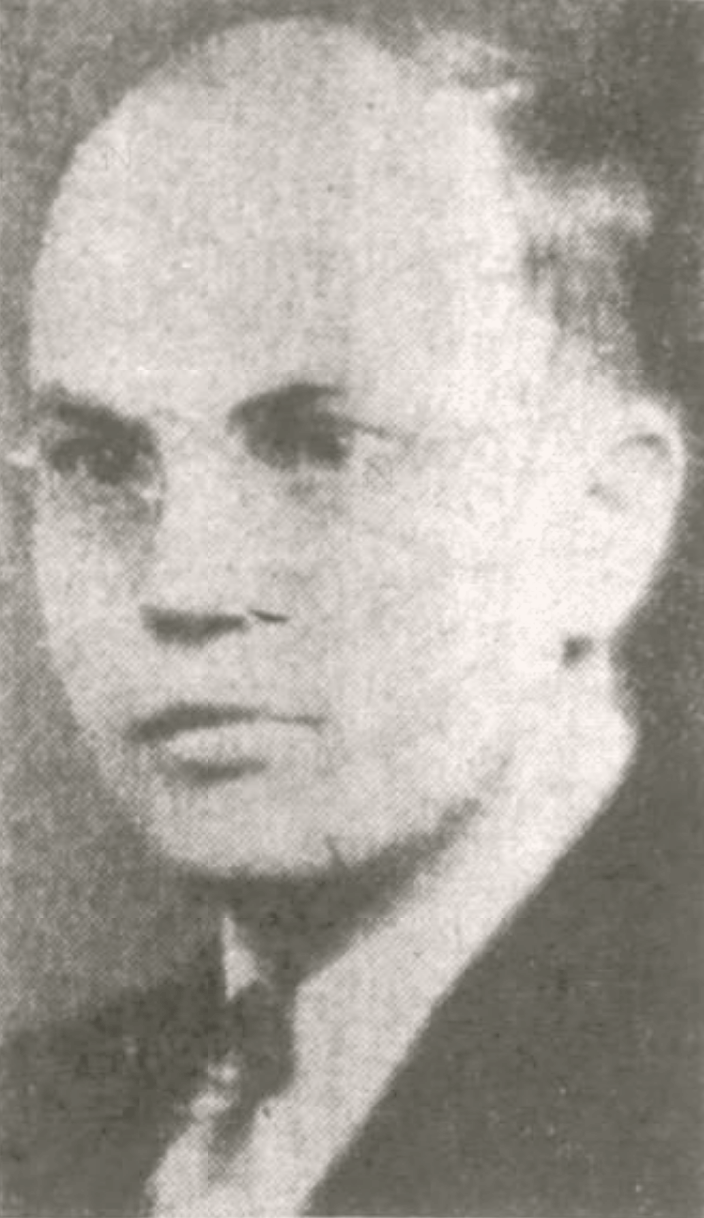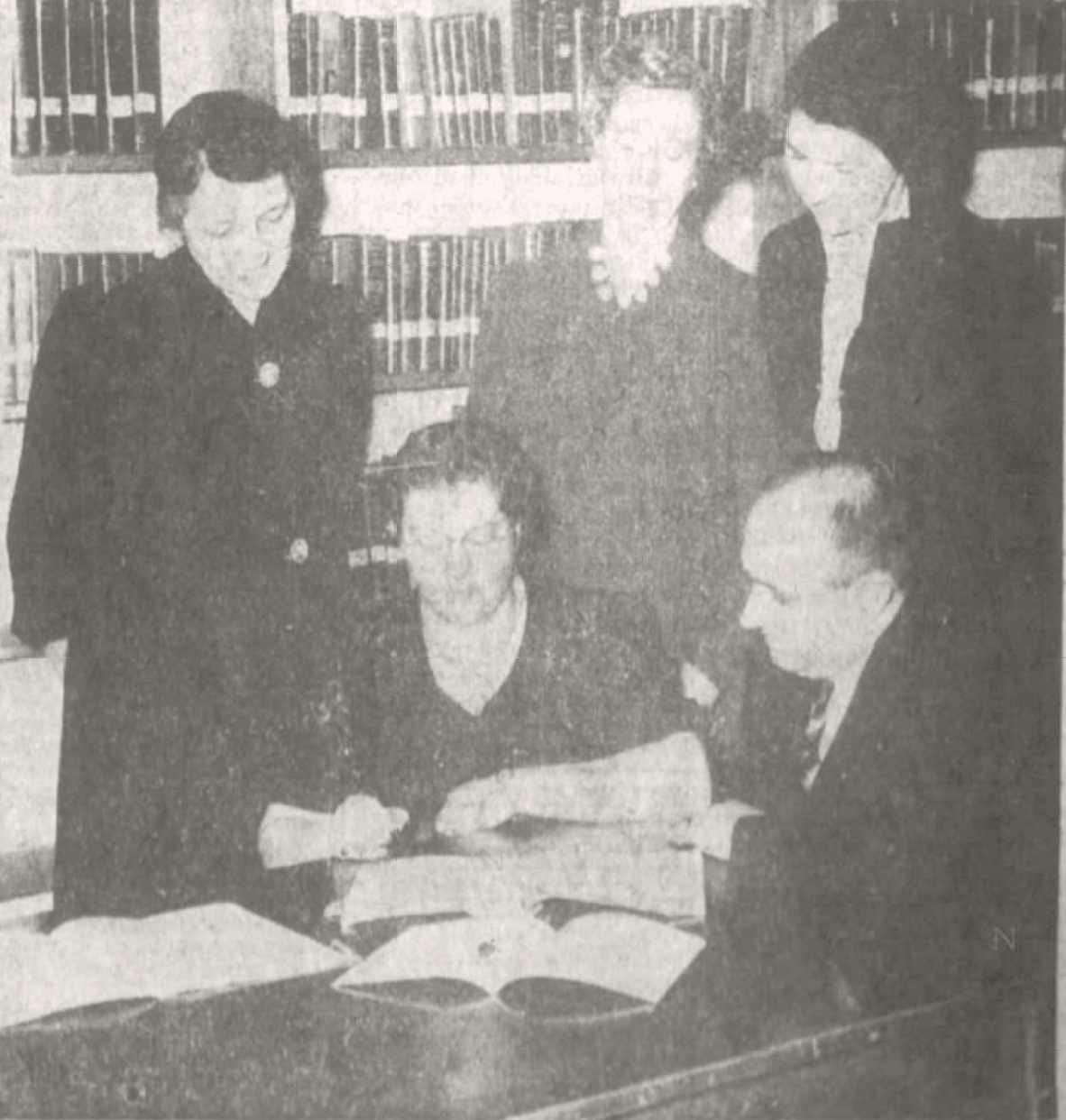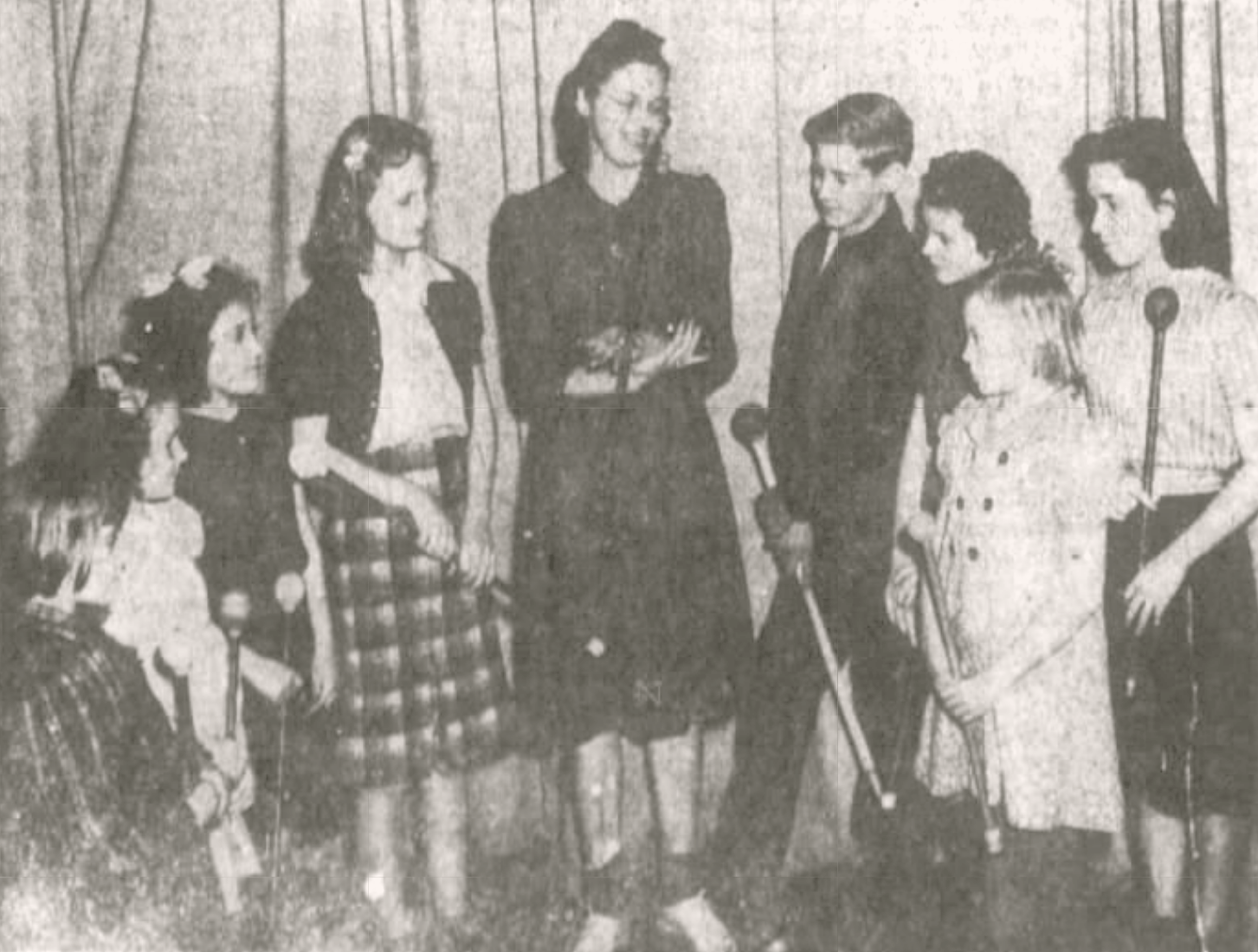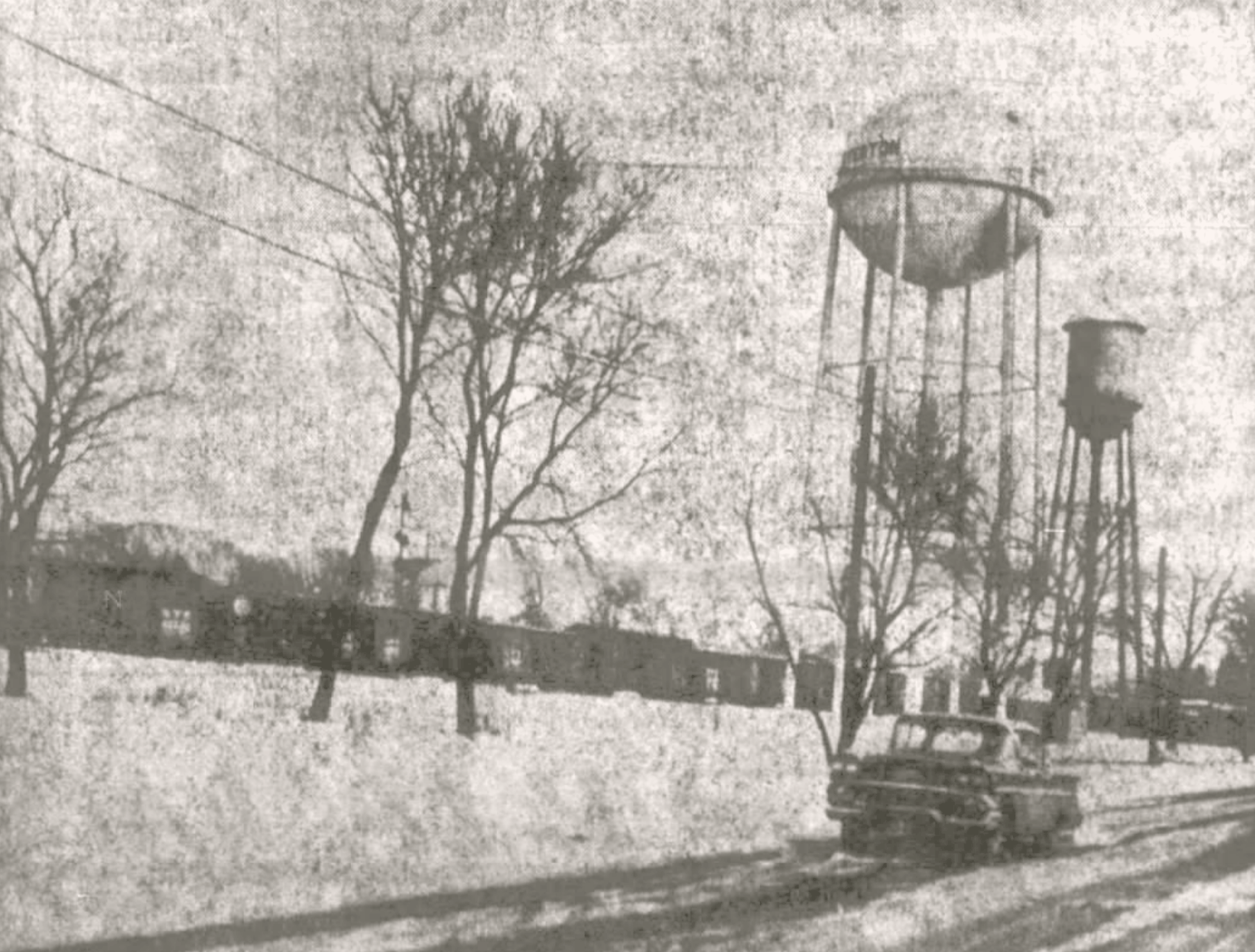Originally published in The Vidette-Messenger of Porter County on January 30, 1951.
48,900 Marriage Licenses Issued Here In 115 Years
By ENG. ZIMMERMAN, Sr.
Since Porter county was founded in 1836, or 115 years ago, a lot of people have agreed to “love, honor and cherish one another as long as they shall live,” according to records in the office of County Clerk Freeman Lane.
Dan Cupid, bow and arrow, and ever active since men and women have agreed to throw in their lot and try to make a go of it, has ushered 48,900 couples to the altar during those 115 years. The books in the county clerk’s office revealed that since that first marriage license was issued to Richard Henthorne and Jane Spurlock on May 5, 1836, by the first county clerk, George W. Turner, 97,800 persons have taken oaths in the office of the county clerk in the applications for marriage licenses.
According to the records, there were 14 marriage licenses granted at the clerk’s office in 1836. Between 1837 and 1840 there were 109 licenses issued, and between 1840 and 1850, the total number was 364.
From 1851 to 1955, 415 licenses were issued, and from 1856 to 1860, there were 531. In the civil war period of 1861 to 1865 they increased to 624, and the post-war period, 1865 to 1970, brought about a further increase, 760 being issued during those years.
During the five-year period from 1871 to 1875, inclusive, a total of 700 licenses were issued. The record further reveals issuance of licenses as follows: 1876 to 1880, 733: 1881 to 1885, 936; 1886 to 1890, 810; 1891 to 1895, 878; 1896 to 1900, 778; 1901 to 1905, 941.
New Marriage Law
In 1906 the new marriage law, requiring additional data from marriage applicants and signed statements that they are not afflicted with communicable diseases, nor had ever been an inmate of an insane asylum or feeble-minded institution, went into effect.
Marriages from 1906 to 1910 showed an increase rather than a decrease under the new law. During the period 983 licenses were issued. The next five-year period, 1911 to 1915, a still further increase was shown, a total of 1,217 permits being filed. This mark was surpassed during the next five years, from 1916 to 1920, when a total of 1,682 couples obtained licenses.
During the five-year period from 1921 to 1925, Valparaiso began to capitalize on the fact that it was within proximity to Chicago, Illinois couples began to come here for permits. Marriage business began to increase and the records reveal that 2,276 obtained licenses.
The boom era between 1926 and 1930 brought many couples to Valparaiso, and a checkup shows that 5,720 licenses were issued during that time. The next five years, 1931 to 1935 were almost equally as good, a total of 5,450 couples taking out permits.
Since 1936 the local marriage license bureau has enjoyed a banner business. The year 1936 in which 1,981 licenses were issued, was followed by one of the biggest booms in the marriage business ever experienced in the history of the county. The year 1937 brought Valparaiso into the limelight as a Gretna Green because of a court injunction which halted issuance of licenses at Crown Point to any but persons living in Lake county. As the injunction did not apply to Porter county, Chicago couples, who sought to evade the restrictions imposed in Lake county, came to Porter county to have the knot tied. A total of 4,218 licenses were issued during the year, the major portion coming during the last six months.
Supreme Court Ruling
A ruling of the Indiana supreme court in January 1938, in which it held an old state law constitutional, making it necessary for the bride to be a resident of the county in which the licenses is obtained, curtailed somewhat the flood of marriageable inclined couples to this city. Despite this, 2,800 licenses were issued.
Because the ancient Indiana law failed to elaborate on the residence provision, clerks in many counties continued to issue licenses where the bride claimed she was a resident of the county where the application was made. Many Chicago and out-of-the-state brides-to-be were thus able to obtain permits and sidestep the law.
The passage of the Indiana hygienic marriage law in 1940, which became effective after March 1 of that year, requiring applicants to submit to a medical examination cut down the number of marriage permits issued. However, a total of 1,661 couples were licensed during 1940.
From 1941 to 1950 the business never approached the volume of the years before the physical test law went into effect. However, the 10-year period produced 10,185 permits.
The years 1942 and 1946 were the banner ones with 1,045 and 1,245 licenses, respectively. Last year the total was 960.
Persons participating in marriage rites since the county was formed exceeds by nearly 57,000 the present population of Porter county. The figures show that on an average 413 licenses have been issued per year. The total number of licenses is 9,000 more than the present population of the county.















